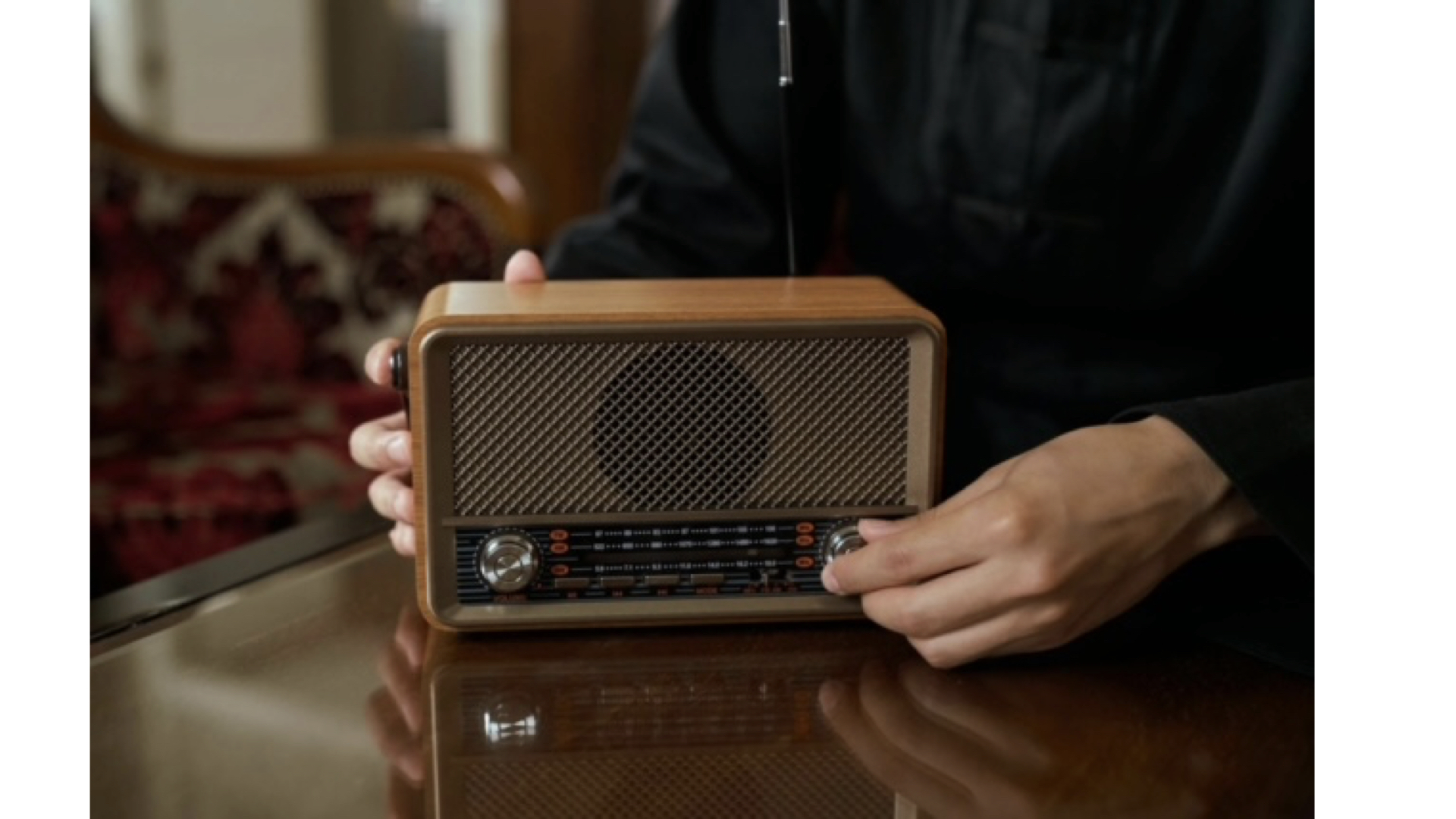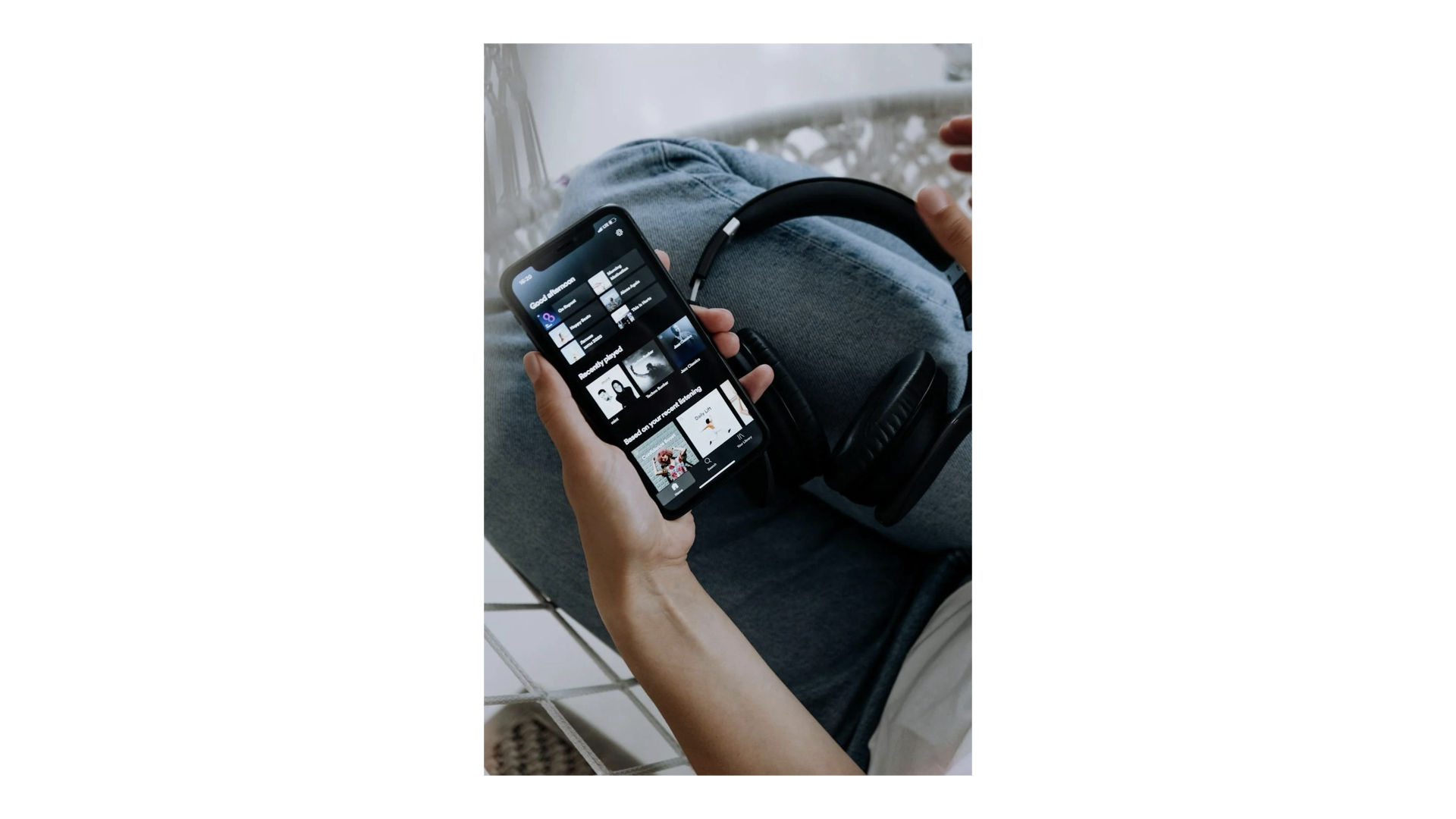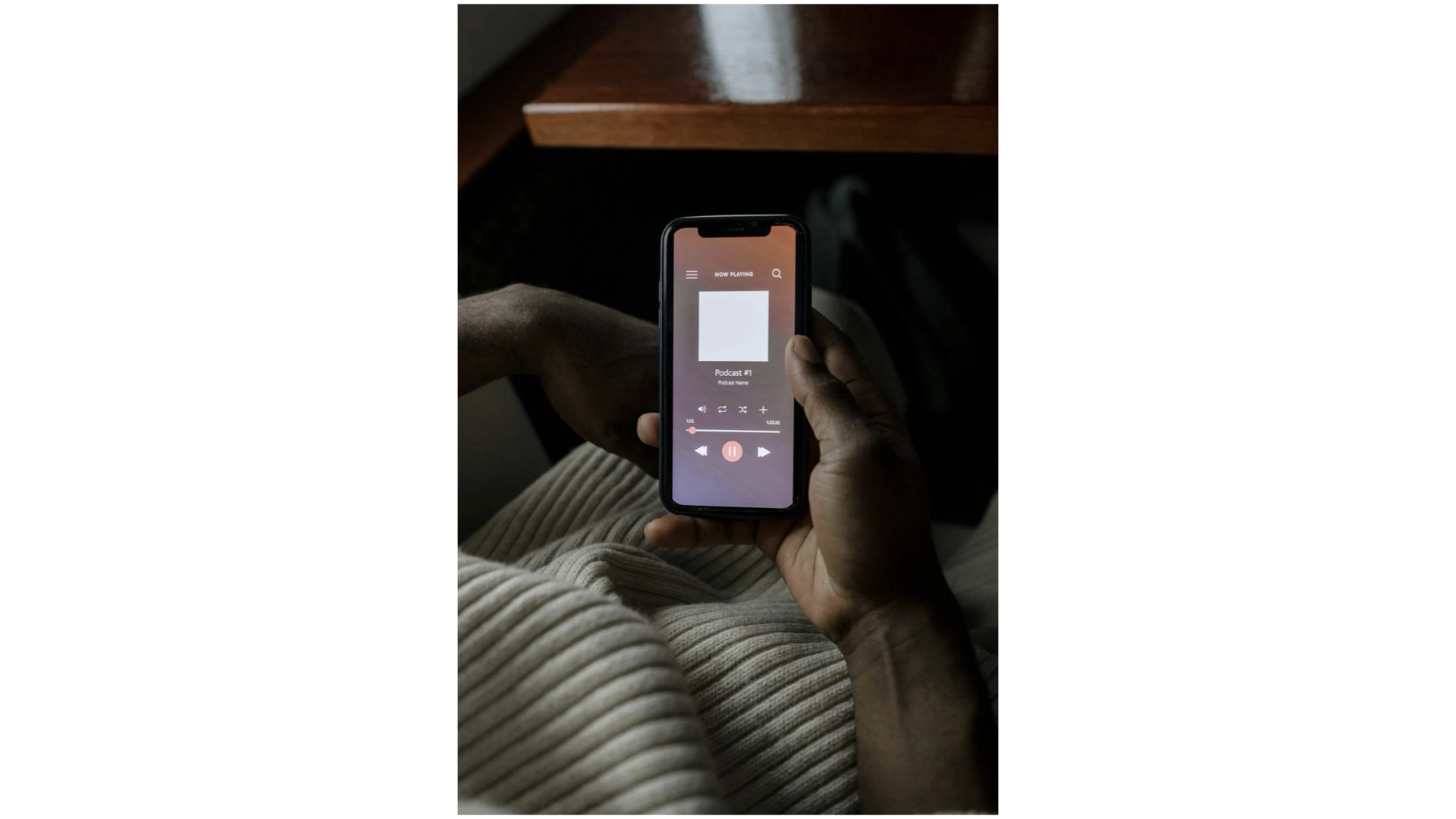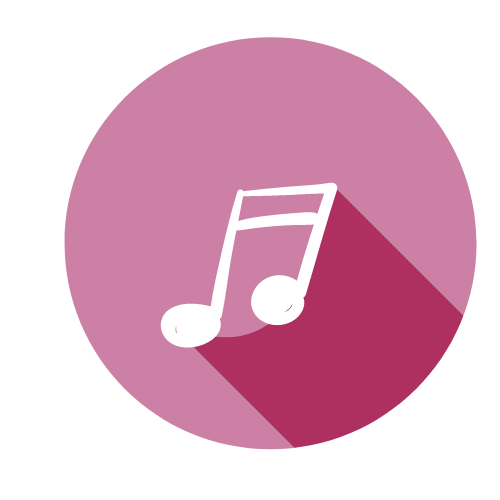The Power of Sound: How Audio Shapes Brand Perception And Behavior
Relevant topics Research, Archive
In this blog, we delve into the impact of audio channels on branding and marketing opportunities, exploring why organizations invest millions in audio advertising. Listen up to find out more!
The Power of Sound: How Audio Shapes Brand Perception and Behavior
In a world full of visual advertising, there’s a more subtle force with immense influence: audio. From catchy jingles to compelling stories, audio has the remarkable ability to shape brand identity, evoke emotions, and capture attention.
Top three audio channels
First, let’s dive into the dynamic world of audio marketing. Brands harness various channels to connect with audiences, and three stand out:
- Radio. Despite digital trends, traditional radio remains one of the most effective ways to reach many diverse listeners.
- Podcasts. These intimate, informative audio shows captivate audiences with personalized content.
- Music Streaming. Platforms such as Spotify allow personalized music streaming and enable behavior-targeting when advertising.
Evidence-based marketing opportunities
The influence of these channels on Listeners’ Attitude, Attention, Memory, and Engagement has been studied recently by Bosshard, Rodero, Rodríguez-de-Dios, and Brickner (2024). The researchers conducted a neuromarketing study with 60 Australian participants aged 35 to 54, using EEG to measure brain responses to different audio formats including advertising. The findings entail unique branding and marketing opportunities.
Traditional radio
Results showed that traditional radio remains most powerful out of the three audio channels to induce high engagement. This is important for marketeers, as engagement has related been related to positive brand associations in previous studies.
Brands such as Mentos (“who says no to Mentos”) and Chocomel, a brand that sells chocolate milk and uses the sound of a contented sigh after drinking (also known als Cécémel) make clever use of radio advertising to build brand preference and positive associations.

Music streaming
Music streaming is most effective out of the three channels to capture attention and induce positive attitudes. Again, this is important for marketeers, as positive attitudes are correlated to brand loyalty, willingness to pay, and brand choice. Music streaming also increases physiological arousal more compared to the other channels, which enhances pursuasiveness and longterm recall.
Picture this: you’re “in the zone”, working out to an energetic playlist. Suddenly, a catchy motivating tune bursts through your headphones, telling you to get most out of life. The secret? A fresh protein drink. Your curiosity is triggered and you wonder how it tastes. That afternoon you visit the supermarket, where the protein drink ends up in your basket.

Podcasts
Surprisingly, although podcasts are often used by consumers to gain information, this channel exhibits the lowest memory encoding among the three audio types. If higher brand recall is one of your main goals, communication through radio advertising and music streaming might be a better option.
This does not mean podcasts should be excluded from your marketing efforts. Instead, the research of Bosshard et al. (2024) stresses that brands should use diverse audio channels next to their visually focused channels to build their marketing effectiveness.

Conclusion
A well-rounded marketing approach combines the strengths of various platforms to maximize impact. Consider audio channels to engage, captivate and build memorable stories among your target audience. Dive into the rhythm of audio and create a symphony of success!

